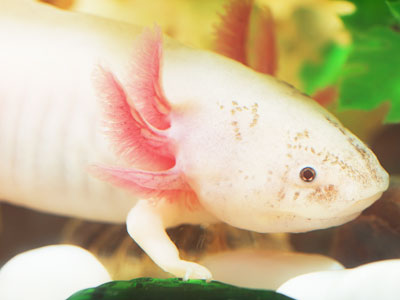
Axolotls are an aquatic salamander species with an amazing ability to regenerate lost limbs and damaged organs. Despite their “superpower”, this virtually immortal salamander is paradoxically headed for extinction.
Axolotls are native exclusively to the lake complex of Xochimilco, Mexico City. Therefore, they are a freshwater amphibian with a limited geographical distribution in the wild.
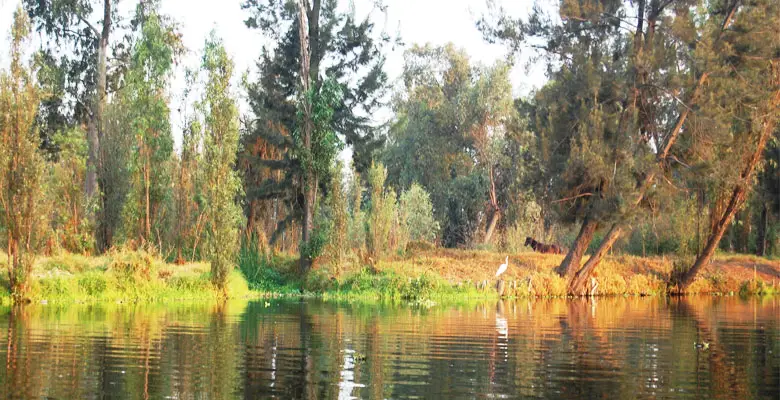
If you’re curious about the status of axolotls in the wild and you’d like to find out more about their natural habitat, in this article I’m going to discuss some interesting facts about where axolotls live, why they are an endangered species, and what can you do to help the preservation of this species.
Axolotls on the Verge of Extinction
Axolotls are on the IUCN red list of critically endangered species with a continued trend of population decline in the wild.
Draining the lakes of Xochimilco for farming, the use of water-contaminating pesticides, and water pollution from nearby plants and from local residents has led to a catastrophic decline in axolotl populations.
In a study conducted by the Mexican Academy of Sciences in 2003 it was found that the axolotl density in the area was around 6,000 axolotls per sq km, while a similar study carried out in 2015 has found only 36 axolotls per sq km.
This is a dramatic decrease in numbers, which is made even worse by the fact that there’s also a culinary interest in the axolotl, since it’s considered a delicacy in Mexico, but also in other parts of the world like Japan, where it’s served deep-fried.
Axolotl Natural Habitat
While today, wild axolotls are native to the canals that lead to Lake Xochimilco and its swampy remnants, axolotls also used to be found in Lake Chalco, one of Mexico five “great lakes”, the settling place of ancient Aztecs.
By the 1970s, all but one lake (Lake Xochimilco) were drained to be turned into farmlands, to prevent flooding and for urbanization purposes.
The natural habitat of axolotls was further destroyed by the introduction of tilapia and carp fish by the United Nations Food and Agricultural Organization to add more protein into the diet of local residents.
Unfortunately, this move further disrupted the natural habitat of axolotls by eating axolotl eggs and larvae and displacing them from their position of top predators in the area.
Axolotls in Captivity
Axolotls are popular in the aquarium trade and they can also be found in zoos and scientific laboratories that, on the one hand, study axolotls for their regeneration capabilities and, on the other hand, focuses on keeping the species alive in laboratories and zoos.
The University of Kentucky’s Ambystoma Genetic Stock Center currently has over 1000 axolotls and sends 15-20,000 axolotl embryos per year to labs worldwide in an effort to increase the axolotl population.
Axolotls are raised in laboratories worldwide with the aim to reintroduce populations to the wild once their native habitats are restored.
In captivity, axolotls are kept in temperature-controlled aquariums that mimic the conditions of their natural habitat.
Axolotls should be kept in aquariums of 15-20 gallons in freshwater temperature between 60 – 64 Fahrenheit (16 and 18 degrees Celsius), water pH around 7.4 – 7.6, slightly hard water, with 0 ppm ammonia and 0 ppm nitrites.
Axolotls produce a lot of waste, which means they require more intensive tank maintenance compared to other aquatic creatures. An aquarium filter and weekly partial water changes are a must.
Axolotls are carnivores and thrive on a meat-based diet. In their natural habitat, axolotls eat all types of meaty foods they can find including insects, crustaceans, small fish, worms, snails, and other aquatic creatures that can fit in their mouths,
In captivity, staple foods for axolotls include earthworms, bloodworms, blackworms, frozen shrimps, prawns, mealworms, and sinking salmon pellets. Adult axolotls can be fed every other day, while baby axolotls should be fed daily.
Keeping juvenile axolotls together is not ideal since they exhibit cannibalism and will each other’s limbs and gills. They may exhibit this trait even in adulthood, therefore, it’s best if they’re kept separated.
Axolotls and Stress
Stress is one of the main causes of disease among axolotls. Stress factors include strong water currents (typically caused by filter systems), aquarium lights that are too strong, fluctuating water temperatures or water that is too warm or too cold, and poor water conditions.
It’s crucial to identify stress factors that may interfere with the healthy development if axolotls and remedy them before it’s too late.
Axolotl Species Survival Outlook
There are efforts to rehabilitate the natural habitat of axolotls. Local organizations in cooperation with local farmers are building canals that are blocked off from Xochimilco’s main waterways to separate axolotls from predators like carps.
Meanwhile, efforts to ensure the survival of the axolotl species is underway in laboratories worldwide, especially that the axolotl may hold the key to human tissue regeneration as well.
Besides their trademark talents of being able to regenerate virtually any of their body parts, in 2018 scientists uncovered another oddity about axolotl, namely that they have an enormous genome.
With 32 billion pairs of DNA nucleotides, the axolotl genome is ten times larger than that of a human and ranks as the largest animal genome ever sequenced so far.
Hopefully, efforts to rehabilitate the native habitats will help the preservation of this species with unique regeneration abilities.
Conclusion
If keeping axolotls in your country or state is legal, you should thoroughly research their feeding and keeping requirements to ensure that your axolotl lives a long and healthy life, so you too can help along the preservation of this species.
If plans to extricate foreign fish from the canals of Lake Xochimilco, rehabilitate natural habitats and efforts to preserve the species in labs, zoos, and even home aquaria are successful, who knows, maybe will be able to see the axolotl once again in large numbers in the wild.
Efforts to preserve the species are important not only from a biodiversity standpoint, but also because the ability of the axolotl to regenerate can hold the key to tissue regeneration in humans too.

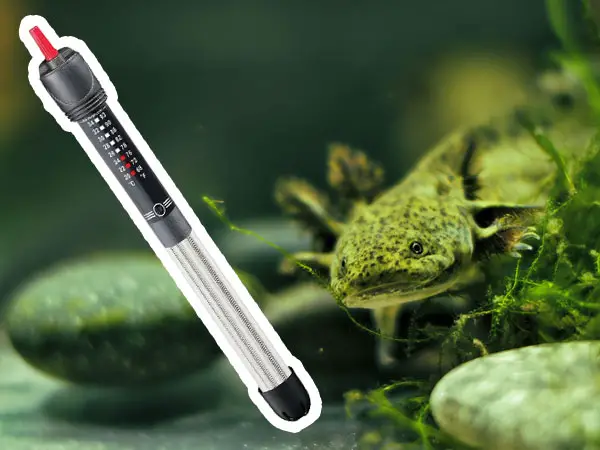
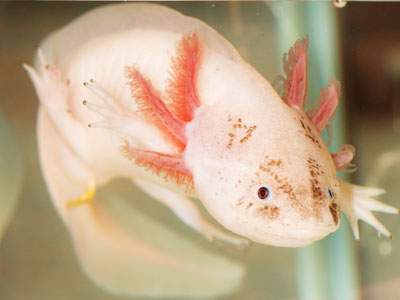

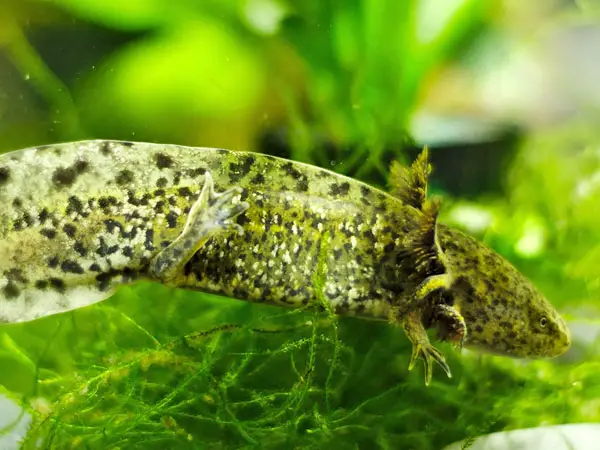
Axolotls are NOT exclusively found in New Mexico. They can also be found in a couple of lakes in the Gravelly Mountain range in Montana. We just hiked to the lakes on Saturday and confirmed they are there and are prolific